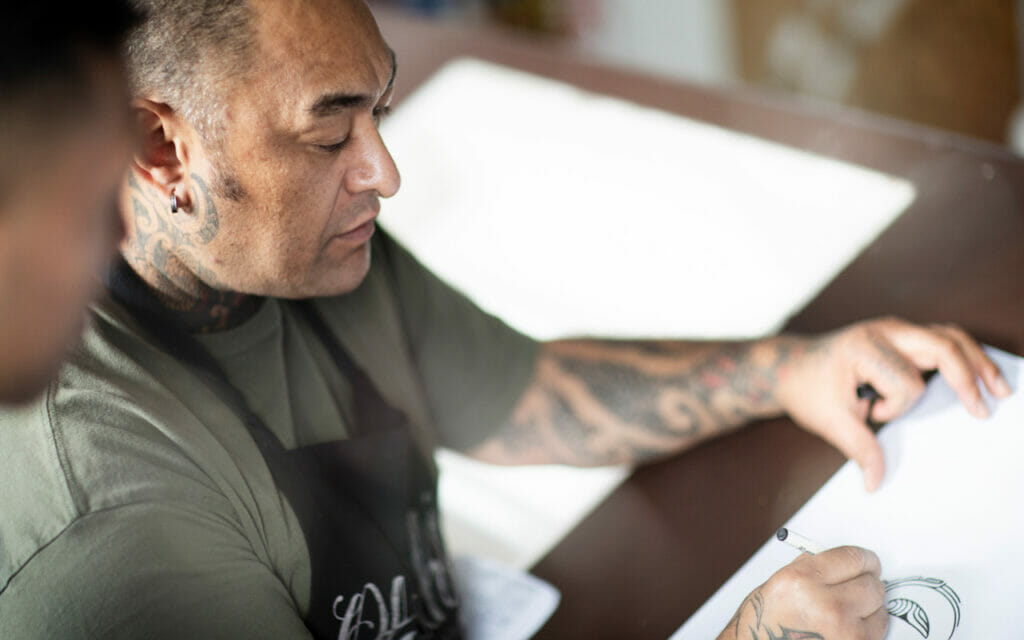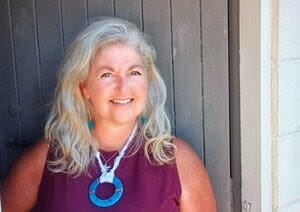Sea freight continues to be a challenge for both exports and imports, exacerbated by the hold up of an estimated USD9.6B goods per day during the stranding of the Ever Given mega-container ship in the Suez Canal and the critical shortage of refrigerated containers affecting food exporters. Earlier this year import delays at Ports of Auckland and the Chinese New Year holiday period further impacted retailers and manufacturers alike.
To safeguard New Zealand’s international connectivity Transport Minister Michael Wood announced last month the extension of support for the aviation sector to the end of October 2021, with the possibility to extend further to March 2022.
“Airfreight capacity is at 90 per cent of pre-COVID levels thanks to the International Airfreight Capacity (IAFC) scheme, which has meant our exporters have been able to get their products to market and time-critical goods like medicine have been able to come into New Zealand.
“The scheme has also maintained a critical lifeline for our Pacific partners – there would have been no flights to Tonga, Samoa, the Cook Islands and Niue without it.”
The original IAFC was allocated $372M of the $600M aviation relief package to support airfreight continuity. The extension of the scheme to October 2021 is estimated to be worth an additional $170M.
From April 2021 IAFC has a name change to Maintaining International Air Connectivity (MAIC), to more clearly reflect the focus on recovery and its broadened objectives.
- retain air connectivity with New Zealand’s principal trading partners,
- enable continued essential passenger movements,
- retain important air connections to the Pacific,
- retain air connections to key routes and hubs important for tourism recovery,
- maintain core capability, capacity and competitiveness within the New Zealand aviation sector to provide a platform for an efficient and competitive market when international air travel recovers.
Since May 2020 the IAFC scheme has:
- Enabled over 6000 flights
- carried over 120,000 tonnes of air freight
- worth $8 billion and
- returned over 60,000 people to New Zealand
- who made up around 60% of all MIQ stays.
NZTE Focus customers may be eligible for a Supply Chain Review advisory service. Talk to your NZTE Customer Manager for more information.
For more information read Beehive release, Ministry of Transport announcement and MFAT’s report, The Importance of the Suez Canal to Global Trade.
HOW KEA CAN HELP YOUR BUSINESS GROW
Kea Connect
Kea Connect is a free service that will help your business grow offshore. We connect you personally with regional, sector-specific experts and peers.
Resources
Kea is here to help New Zealand businesses grow offshore. Be inspired and hear advice from businesses who have created their export path.
Jobs Portal
Looking for the right talent for your team? Reach our global Kiwi community through the Kea international job portal.

 MENU
MENU











